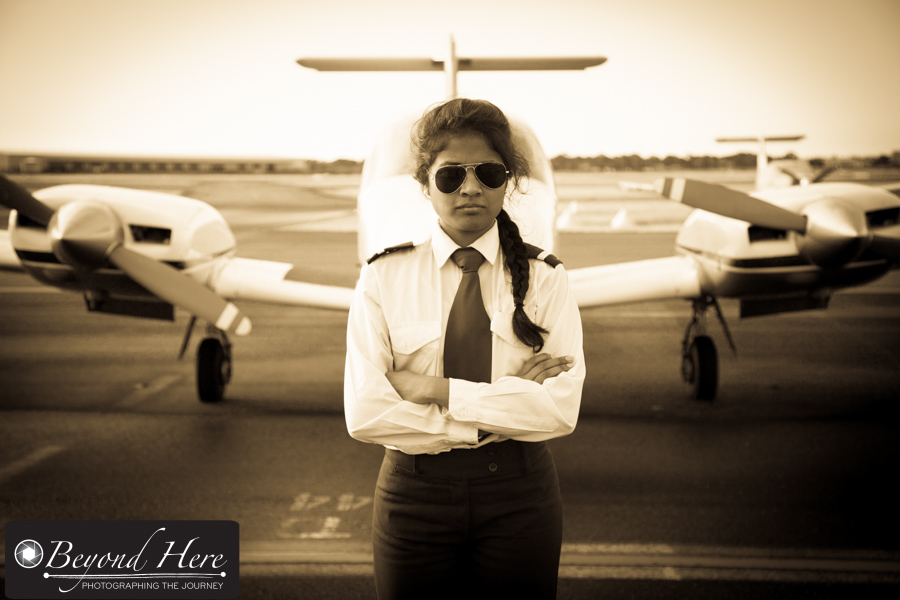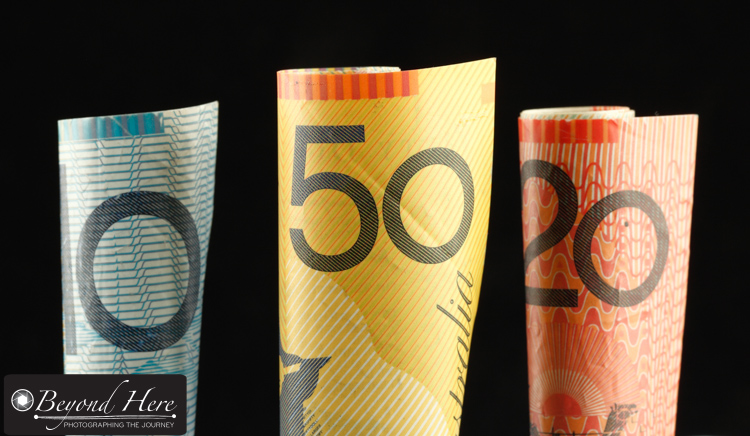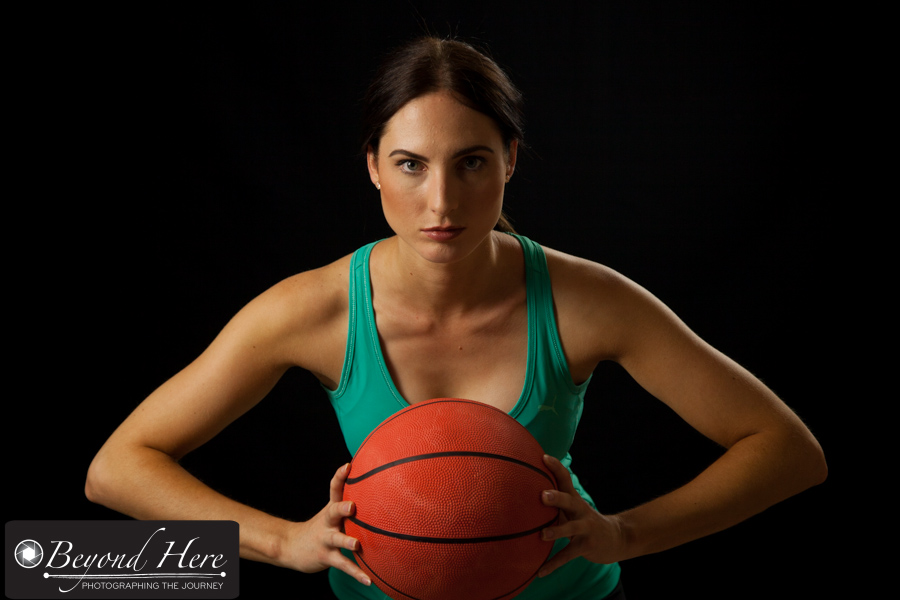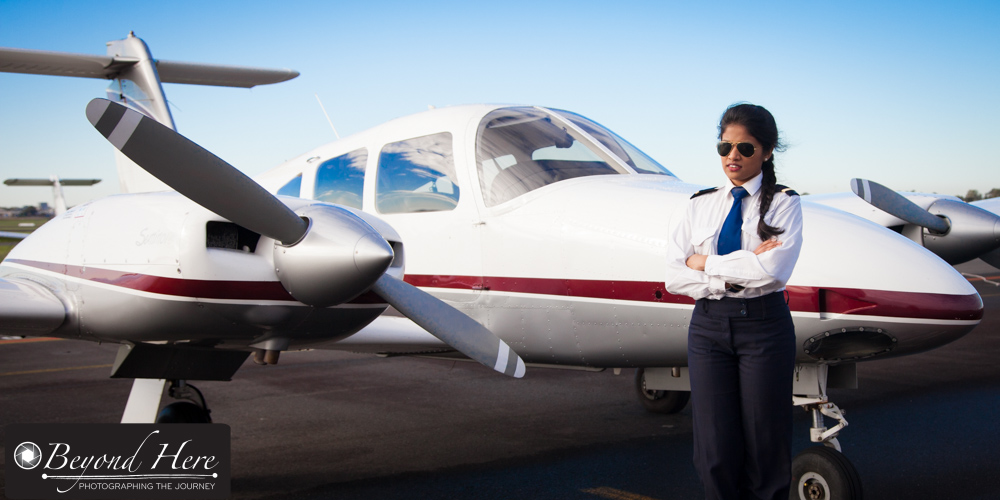I am currently shooting a series of lifestyle images for my portfolio for iStockphoto and Getty Images. It is a fun and challenging project featuring parts of Melbourne, Australia. I am working with a wide range of models, and have put together this post for – What Models Should Know About Stock Photo Shoots.
What is stock photography? The concept of stock photography is that a person who needs an image can go to an existing library to find it, rather than commission a photographer to do a new shoot for them. A stock photo library offers choices of many, many images. The buyer can purchase a licence to use the image, and download it immediately. For the buyer, this is much quicker and cheaper than organizing a photo shoot themselves. For example, a magazine may be featuring a story about the rise in numbers of female pilots entering the aviation industry. They could commission a shoot if they had the time and money, or they could find an appropriate image from a stock photo library, purchase a licence to use the image, and download it immediately. (If you would like to visit a stock photo library and have a search through their images, have a look at iStockphoto).

Stock images are made available through stock photo libraries
How does the payment from stock photography work? When a buyer downloads an image they make payment to the stock photo library. The photographer then receives a percentage of this amount as a royalty payment. For the model, you need to be aware that the images you help to create are going to be used for commercial purposes, and so you should be paid. Most stock photographers (myself included) will pay the model at the beginning of the shoot based on an hourly rate. After the shoot, the photographer then takes all the financial risk. If the shots do not ever get downloaded, the photographer will make a loss. And if the images are very popular and are downloaded many times, the photographer will make a profit.

Stock photos are for commercial purposes and models should expect to be paid
What about model releases? When the photographer submits the images to the stock photo library they go through an inspection process. The library checks that the image meets its quality criteria and has all necessary releases.
A key element of this is the model release. A model release a legal document which provides permission from the model to use their likeness in the picture. The stock photo library will make sure that any image that has a recognizable human face, and is being sold with a royalty free licence, has a model release to go with it. The stock photo library does not want legal problems for themselves or the photographer if a model claims that their likeness is being used without their permission.
So, when you are doing a stock photo shoot, expect to sign a model release before the shoot begins. Ask the photographer for a copy, and keep it in your records.
What is the photographer trying to achieve? I try to explain to models that the emphasis in stock photography is slightly different to other types of photography. The photographer is trying to shoot images which communicate a message and will have broad commercial appeal. In that sense, it’s more about ‘useful images’ than it is about ‘beautiful images’.
So, how can the model help to make useful images? The images need to be realistic. So if you are doing a stock photo shoot about life on a college or university campus, make sure your wardrobe and makeup look realistic for that environment. Or if you are portraying a business person, make sure you have wardrobe and make up that suit that theme.

Models need to be realistic for the shoot concept
What is the photographer looking for in a model? First and foremost the photographer will be looking to work with models who are reliable. As a model you need to prepare well, and turn up on time, ready to shoot. Second, the photographer is looking for a model who appropriately matches the brief. For example, if I am shooting a series on retired couples planning their finances, I will be looking for models who look like they are in their sixties. If I am shooting a fitness series, I need models who are physically fit. Thirdly, the photographer will really appreciate a model who can both understand the brief, and bring a new dimension to it. A model who can understand and then extend the brief to create new images that I hadn’t thought of is a model I want to do further shoots with.
How long do stock photo shoots go for? This can vary and will depend on the photographer and concept. My own stock photo shoots normally go for 90 to 120 minutes depending on whether it is a studio or location shoot, and the concept we are shooting.
What about logos and trademarks? Logos and trademarks are not allowed in stock photography. Essentially the images need to be free of any corporate logos. Be sure to consider that when you are selecting wardrobe. The ideal is clothes which have no logos on them, while having small logos is ok (the photographer will edit them out in post production).
Key Points. Let’s recap:
- Stock photos will be made available via a stock photo library
- They are for commercial purposes, so the model should be paid
- Models will be asked to sign a model release
- Stock photography is more about ‘useful images’ than it is about ‘beautiful images’
- Wardrobe and makeup need to be appropriate for the shoot concept
- Logos and trademarked items are not allowed in stock images
- Photographers will value the model being able to understand and extend a shoot concept

Questions? Please add a comment and I will do my best to answer.
Thanks for reading What Models Should Know About Stock Photo Shoots. I hope it has been useful to you and can have a positive impact on your next stock photo shoot. If you have questions, please add a comment on this post and I will do my best to answer it.





